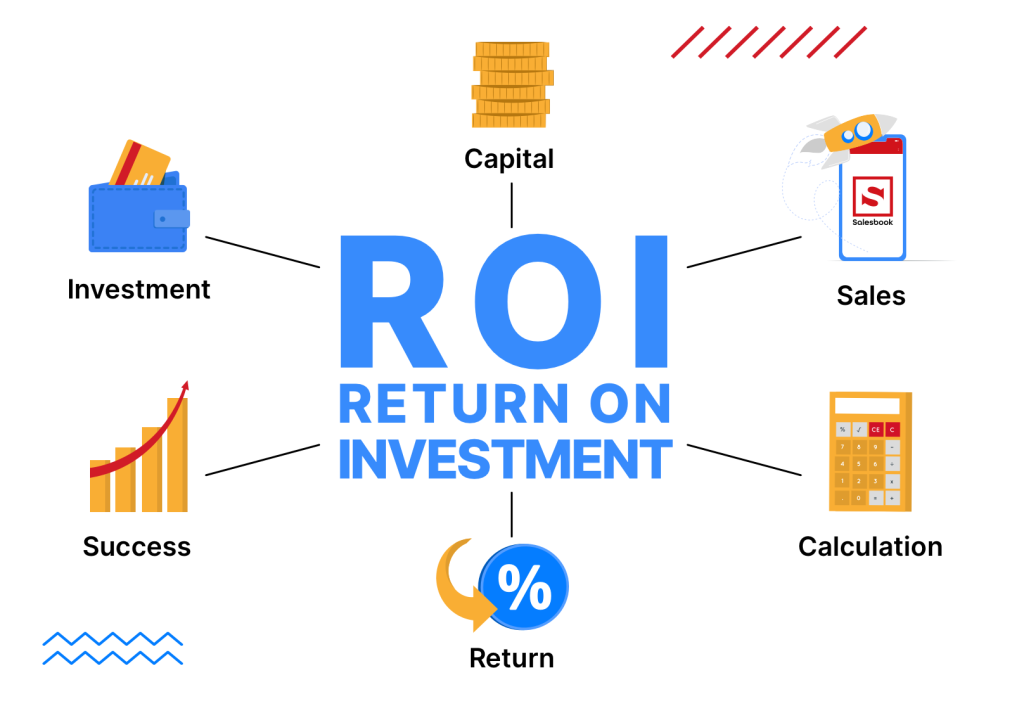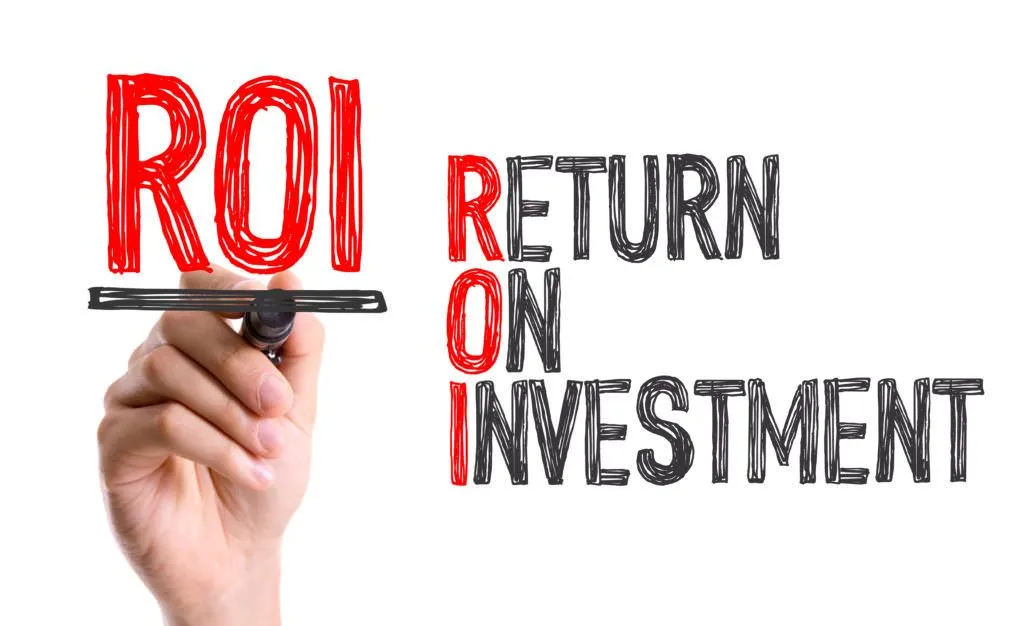Decoding Return on Investment (ROI): A Blueprint for Investment Success
In the ever-evolving landscape of finance and investment, understanding the metrics that define success is crucial. One such metric that holds the key to evaluating the efficiency and profitability of an investment is Return on Investment (ROI). In this deep dive, we’ll unravel the intricacies of ROI, exploring its calculation, applications, and delving into the broader landscape of investment metrics.

1. Demystifying ROI: A Performance Benchmark
At its core, ROI serves as a performance measure, offering insights into the efficiency and profitability of an investment. The calculation involves dividing the benefit or return from an investment by its cost, expressed as a percentage or ratio. This straightforward formula makes ROI a versatile and widely used metric in the financial world.
Why ROI Matters:
Versatility: ROI spans across diverse investments, from stocks and real estate to business expansions. Its simplicity allows for easy comparison of different investment opportunities.
Profitability Gauge: A positive ROI indicates profitability, helping investors assess the success of their ventures. It acts as a compass in navigating the complex realm of financial decisions.
2. The Power of ROI in Decision-Making
ROI’s popularity lies in its effectiveness as a decision-making tool. Whether you’re considering stock investments, expanding a business, or venturing into real estate, ROI provides a tangible benchmark. Positive ROI signals a worthwhile investment, while negative ROI raises red flags, prompting a reevaluation of choices.
Illustrative Example:
Jo’s Investment Journey: Jo invested $1,000 in Slice Pizza Corp. and yielded a 20% ROI within a year. Simultaneously, a $2,000 investment in Big-Sale Stores Inc. generated a 40% ROI over three years. While the latter seems more profitable at first glance, adjusting for time frames reveals a nuanced perspective.
3. Limitations of ROI: Navigating Complexity
While ROI is a valuable metric, its limitations come to the fore, especially when comparing investments with varying time frames. Jo’s scenario highlights the importance of considering the duration of an investment. Adjusting ROI for the time factor is essential for a more accurate evaluation, preventing skewed conclusions.
Mitigating Limitations:
Rate of Return (RoR): Combining ROI with RoR, which accounts for the project’s time frame, provides a comprehensive view.
Net Present Value (NPV): To counter the impact of inflation, NPV factors in the time value of money, offering a more nuanced analysis.
4. Widening Horizons: Beyond Traditional ROI
As the financial landscape evolves, new forms of ROI have emerged, reflecting a broader perspective. Social Return on Investment (SROI) is one such variant, incorporating social and environmental metrics into the equation. This evolution aligns with the rise of socially responsible investing (SRI), where companies consider broader impacts beyond financial gains.
The SROI Advantage:
ESG Criteria Integration: SROI evaluates projects based on environmental, social, and governance (ESG) criteria, aligning with responsible investment practices.
Long-Term Value Proposition: Initiatives like environmental conservation or community engagement may incur immediate costs but contribute to a positive SROI in the long run.
5. Specialized ROIs for a Niche World
In tune with the digital age, specialized forms of ROI cater to specific domains. Social media statistics ROI quantifies the effectiveness of social media campaigns, while marketing statistics ROI measures returns attributable to advertising efforts. Learning ROI, focusing on educational gains, reflects the evolving landscape of education and skills training.
Future Horizons:
Innovative Metrics: As the world progresses, expect the emergence of new ROI variations tailored to evolving industries and societal needs.
Tech Integration: Advanced technologies, including artificial intelligence and data analytics, will play a pivotal role in refining ROI calculations and predictions.
6. The Quest for a “Good” ROI: Navigating Risk and Returns
Determining what qualifies as a “good” ROI is a nuanced task, influenced by factors such as risk tolerance and investment time frames. Investors weigh the balance between risk and return, with risk-averse individuals accepting lower ROIs for stability. Industries, too, experience varying average ROIs, with technology often outperforming sectors like energy.
Considerations for a “Good” ROI:
Risk Tolerance: Risk-averse investors may prioritize stability over higher returns, influencing their definition of a “good” ROI.
Industry Averages: Understanding the historical average ROIs of specific industries provides context for evaluating investment opportunities.
7. Industries in Focus: Tracking ROI Dynamics
Industries play a pivotal role in shaping the ROI landscape. Historical data showcases the average ROI for the S&P 500, providing a benchmark for investors. However, industry-specific variations exist, with technology companies often outshining others in recent years.
Industry Dynamics:
S&P 500 Benchmark: Historically, the S&P 500 has seen an average ROI of about 10% per year.
Technology Sector: Technology companies, buoyed by rapid advancements, have often exceeded this benchmark in recent years.
8. The Holistic Perspective: Beyond ROI
While ROI remains a cornerstone metric, it’s crucial to adopt a holistic view of investments. Considering factors like opportunity costs, the time value of money, and the broader economic landscape enhances decision-making. Professional investors often complement ROI with metrics like Net Present Value (NPV) or Internal Rate of Return (IRR) for a comprehensive analysis.
Navigating Investment Terrain
Return on Investment (ROI) stands as a beacon in the world of finance, guiding investors through the intricacies of decision-making. As technology evolves, new forms of ROI will emerge, reflecting the changing dynamics of industries and societal values. By understanding the nuances, considering industry benchmarks, and adopting a holistic perspective, investors can navigate the investment terrain with confidence, ensuring their financial endeavors align with their goals and values.






